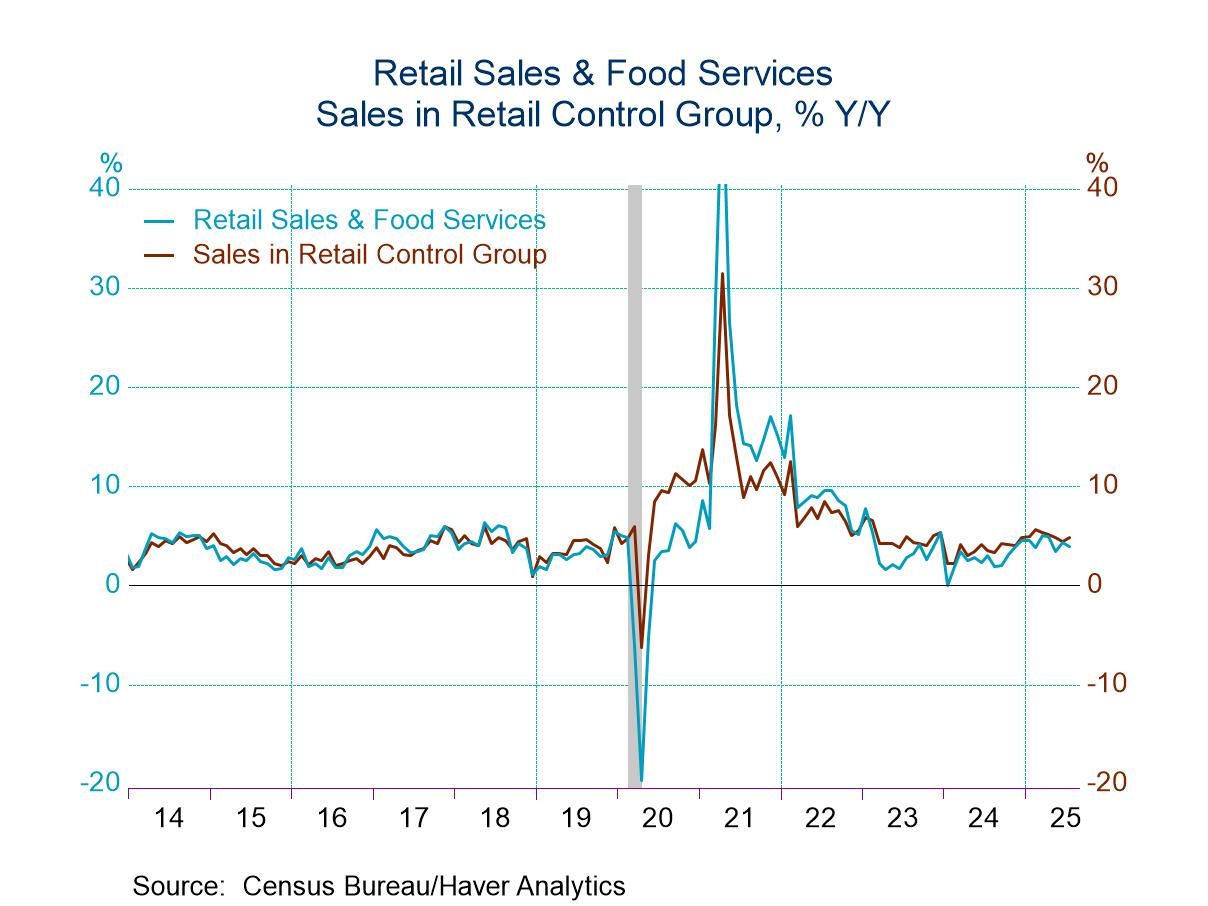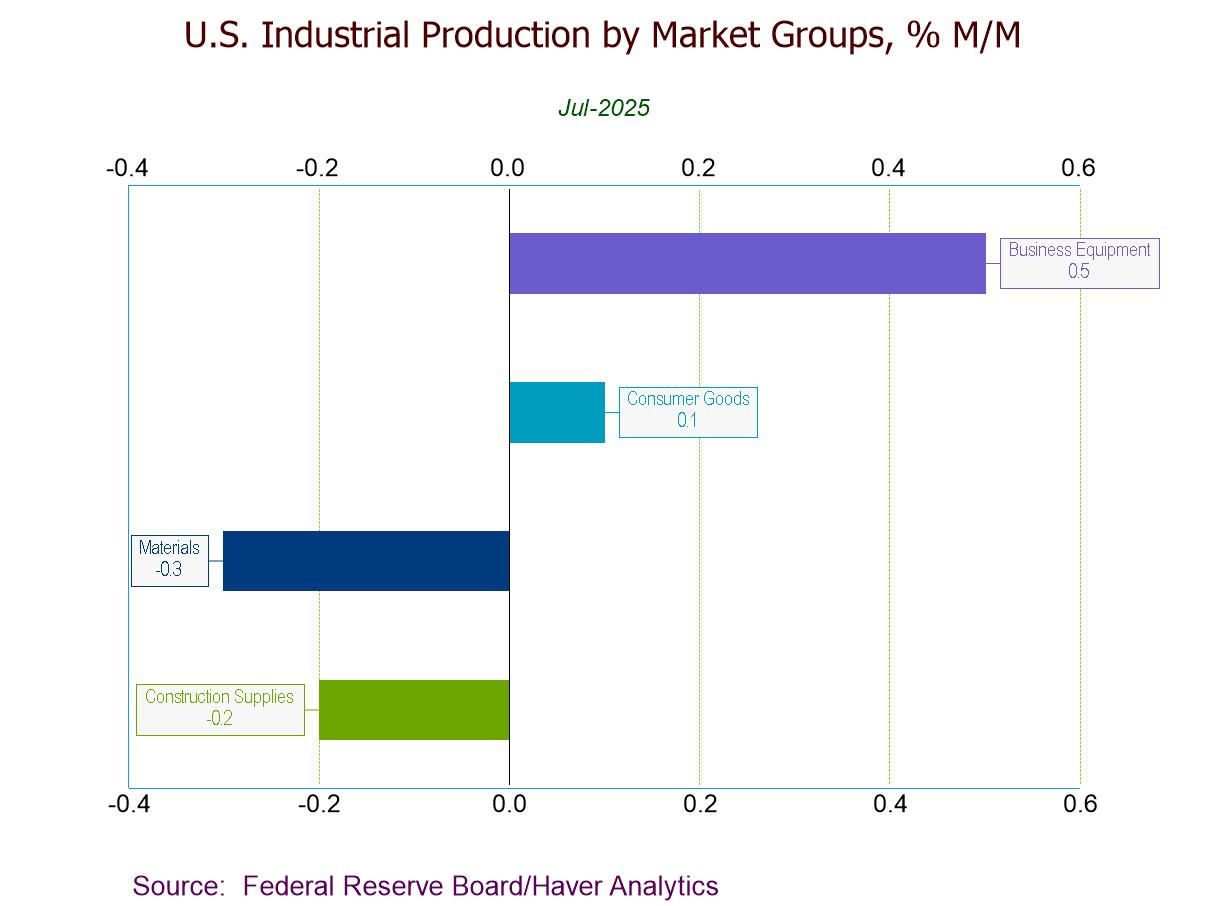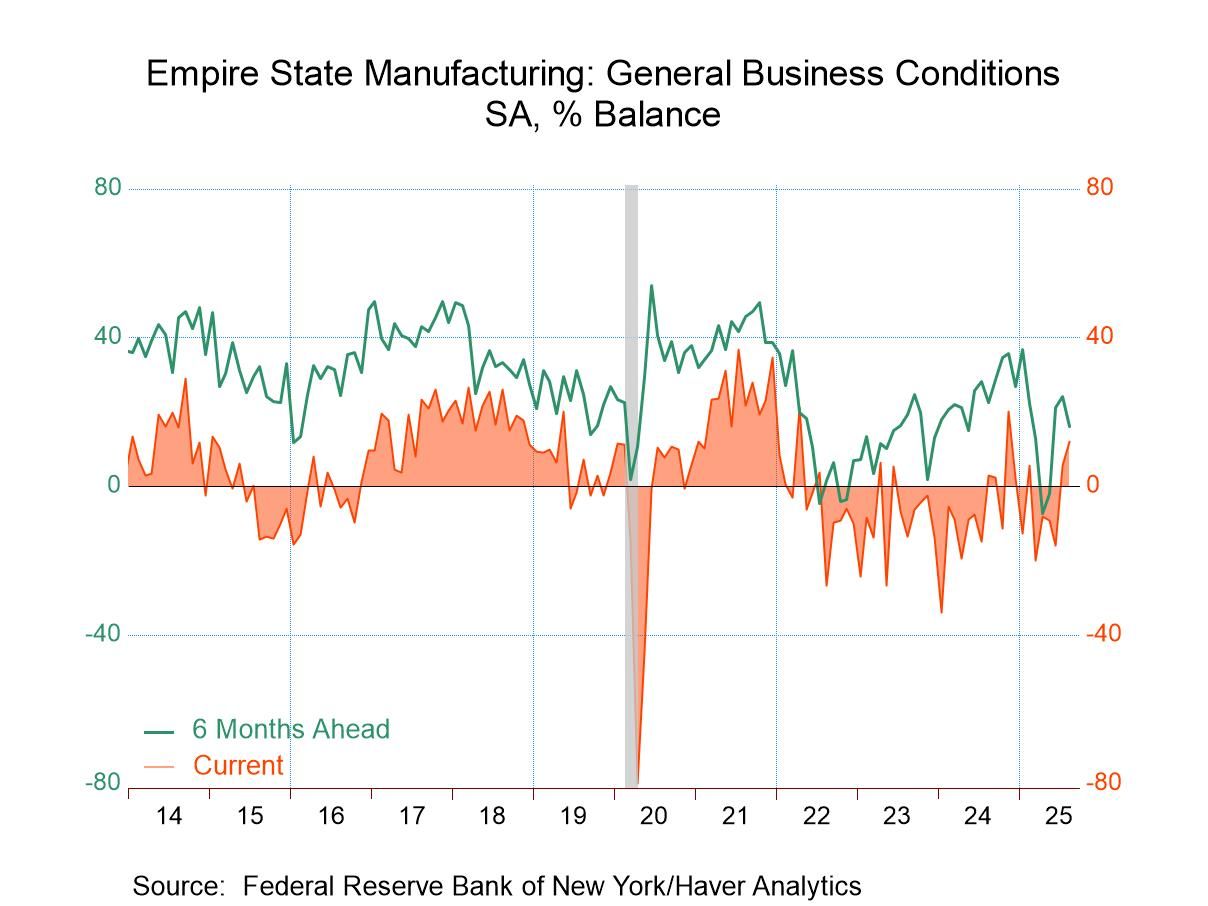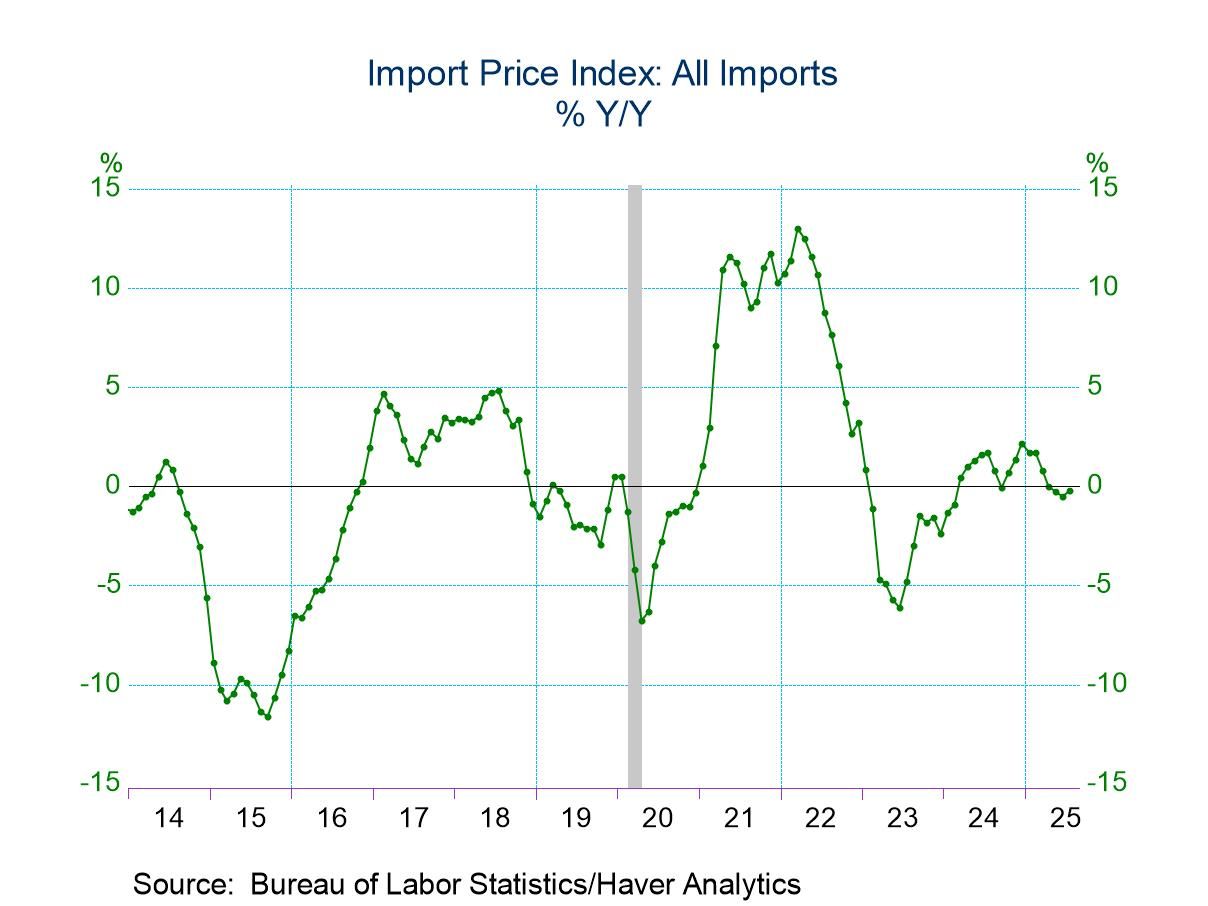 Global| Jan 07 2011
Global| Jan 07 2011EMU Does Better Than Expected; Germany Best Of All
Summary
German IP fell in November dropping by 0.7% following a surge of 3% in October. While the growth rate is half that for Yr/Yr growth it remains about the same for three months as for six months, and those rates are still fairly strong. [...]
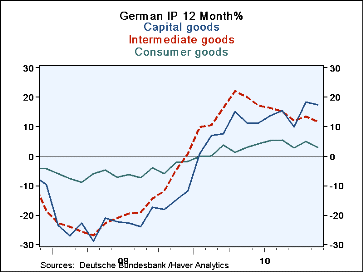 German IP fell in November dropping by 0.7% following a surge of 3% in October. While the growth rate is half that for Yr/Yr
growth it remains about the same for three months as for six months, and those rates are still fairly strong. Overall growth
in the current quarter-to-date is very strong as well.
German IP fell in November dropping by 0.7% following a surge of 3% in October. While the growth rate is half that for Yr/Yr
growth it remains about the same for three months as for six months, and those rates are still fairly strong. Overall growth
in the current quarter-to-date is very strong as well.
Capital goods growth rates are more or less stable at a still very elevated pace. Capital goods output is growing by 17.3% Yr/Yr and at a 16.5% pace over three months. Unlike the other two categories there is no sign of slowing here.
Behind the scenes MFG orders are slowing their growth but still growing at a double-digit pace over three months.
Can German output continue to be fueled by capital goods alone? We have seen that consumer confidence in the zone is very uneven. It is best of all in Germany. Yet German retail sales are not exactly on fire. How should capital spending across the zone be fueled in such an environment? This is still a nagging question behind the strength in the German output figures.
Today German retail sales results were disappointing although the results for the year will be improved from past years. Even so there is little evidence of the consumer getting back into gear especially with austerity programs some of which are just being implemented. Across the zone the prognosis for the consumer is worse. Improvement in German unemployment backtracked in its most recent report as well. While Germany is the best performing European economy its numbers and momentum are less than stellar. Within the Zone there are some countries in substantially worse shape. Consumer confidence varies over a wide span in the Zone. All this makes policymaking in the Zone very difficult and places great pressure on the ECB.
| Total German IP | |||||||
|---|---|---|---|---|---|---|---|
| SAAR Except M/M | Nov-10 | Oct-10 | Sep-10 | 3-Mo | 6-Mo | 12-Mo | Quarter- to-Date |
| IP total | -0.7% | 3.0% | -0.9% | 5.4% | 5.6% | 11.1% | 12.7% |
| Consumer | -0.7% | 0.3% | -0.1% | -1.9% | 1.6% | 3.1% | 0.4% |
| Capital | -0.6% | 4.6% | -0.1% | 16.5% | 12.3% | 17.3% | 26.6% |
| Intermed | -0.7% | 2.6% | -1.8% | 0.0% | 4.5% | 11.8% | 7.7% |
| Memo | |||||||
| Construction | -1.1% | 3.1% | -0.4% | 6.5% | 3.4% | 6.5% | 11.5% |
| MFG IP | -0.6% | 3.0% | -0.8% | 6.1% | 7.4% | 12.5% | 13.7% |
| MFG Orders | 5.2% | 1.6% | 0.0 | 10.9% | 17.2% | 20.7% | 13.2% |
Robert Brusca
AuthorMore in Author Profile »Robert A. Brusca is Chief Economist of Fact and Opinion Economics, a consulting firm he founded in Manhattan. He has been an economist on Wall Street for over 25 years. He has visited central banking and large institutional clients in over 30 countries in his career as an economist. Mr. Brusca was a Divisional Research Chief at the Federal Reserve Bank of NY (Chief of the International Financial markets Division), a Fed Watcher at Irving Trust and Chief Economist at Nikko Securities International. He is widely quoted and appears in various media. Mr. Brusca holds an MA and Ph.D. in economics from Michigan State University and a BA in Economics from the University of Michigan. His research pursues his strong interests in non aligned policy economics as well as international economics. FAO Economics’ research targets investors to assist them in making better investment decisions in stocks, bonds and in a variety of international assets. The company does not manage money and has no conflicts in giving economic advice.



